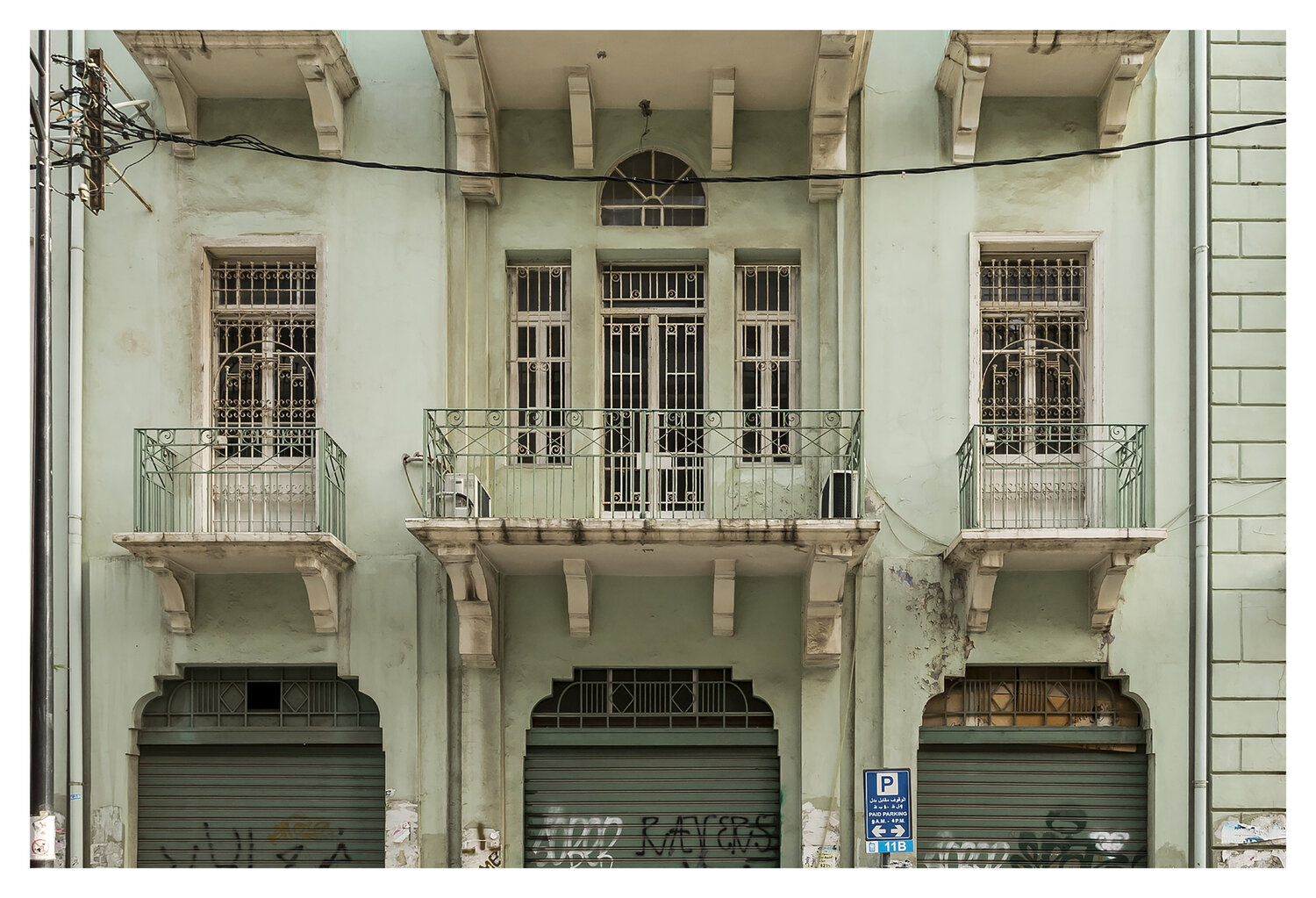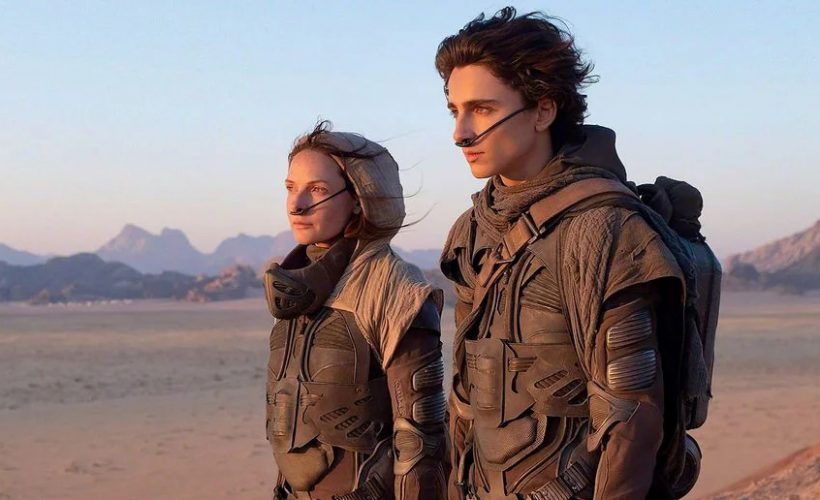Lifestyle
4.13.2021
Lebanon: Dia Mrad documents the destruction

Lebanese architect turned photographer, Dia Mrad strives to bring Beirut’s heritage to life through his inspired and committed shots.
Who are you?
My name is Dia Mrad, I’m a lebanese photographer and started as an architect. In a way photography started because when I saw industrial buildings with trees coming out of it and trying to capture it with my phone, I thought to myself I wanna design buildings that look this nice in photos. It was after I graduated that I realized I just wanted to take photos of nice buildings not design them and this is how I turned into photography which is really architecture focused.
After the explosion, Why did you decide to keep photographing the buildings?
On the same day of the explosion, just a few minutes after it, I started photographing the building because I felt that if I would come the next day, I would find them collapsed and I miss my chance to see them one last time. This is also the same reason I was photographing the building before the blast. These buildings have always been endangered because they are not protected by proper laws and there was always that hunger from real estate developers to benefit from the land to build towers instead, so it was always in their benefit to have them gone. It was a big fear of mine and it continued after the explosion for different reasons.
How do you explain the buzz around Khalil Gibran photo?
I think the buzz around the Gibran photo might be explained by the fact that anybody could relate and reflect on it. The photo had a lot of meanings and carried so many symboles: it represented the devastation of the architecture, it had a human side which was there through the angry gaze on Gibran face and it also represented the destruction of a carefully net culture than span decades through Gibran’s persona and what he represented and stood for in his life.
What has this photo changed in your life?
For the first time after this photo, I felt I really harness the power of photography as a way to deliver a message and to connect really with people and brought a more human side to my work, and it exposed me to Khalil Giran work and also brought back to this major artist and intellectual person back to our present from the memory

What is the situation of Beirut architecture today?
The situation of Beirut heritage today is very much similar to its situation before the blast, it lacks planning and it lacks funds, there isn’t a good plan or proper law to protect this heritage. After the explosion, the situation is similar because the government doesn’t exist and international funds are blocked until we have a formal government and at the same time there isn’t an official plan, it is just individuals, community initiatives individuals and Ngos which are working together independently in a big collaborative effort.
Efforts that we try, with the Beirut heritage initiative, to consolidate by bringing stakeholders, initiatives and Ngos into unified projects and the plan in doing that is to bring back entire neighborhoods to life
How would you describe Beirut architecture in a few words?
Beirut architecture is really glorious I think. The architecture is timeless and at the same time it represents a rich variety of historical events and architectural styles. It has this unique diversity and also a merge of western, oriental, and lebanese local designs and way of building and planning also. It is a very unique type of architecture.”
Which district of Beirut would you recommend to visit and explore Beirut heritage for a foreigner who doesn’t know the city?
It will be hard to recommend one area because it is very much diversified and different from one area to another as they were not built at the same time. I think it would be nice to start in Achrafieh because it retains a big heritage and character. The culture has somehow survived and this is also an artist hub which is good to initiate yourself to the lebanese culture.
What are your next projects?
My book which is a continuous work of documentation that I hope to publish in June or July with hopefully an exhibition to accompany that book launch. I am also working on some proposal to convert art galleries spaces, or cultural hubs in an effort to help them with the renovation process
Do you think that like in the Japanese art of Kitsungi, buildings should be rebuilt in a way that amplifies their wounds and past?
Some buildings will definitely show these scars but what is more interesting is the history that shows through the architecture and the different between floors that are built sometimes decades apart, which I think in itself is an art form very specific to the Lebanese people
popular

